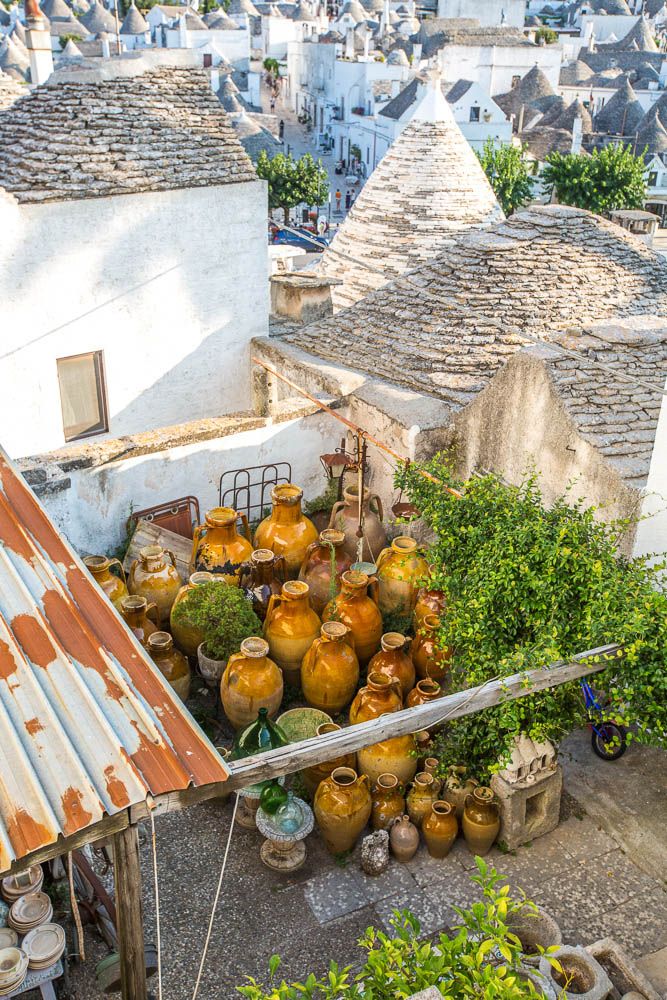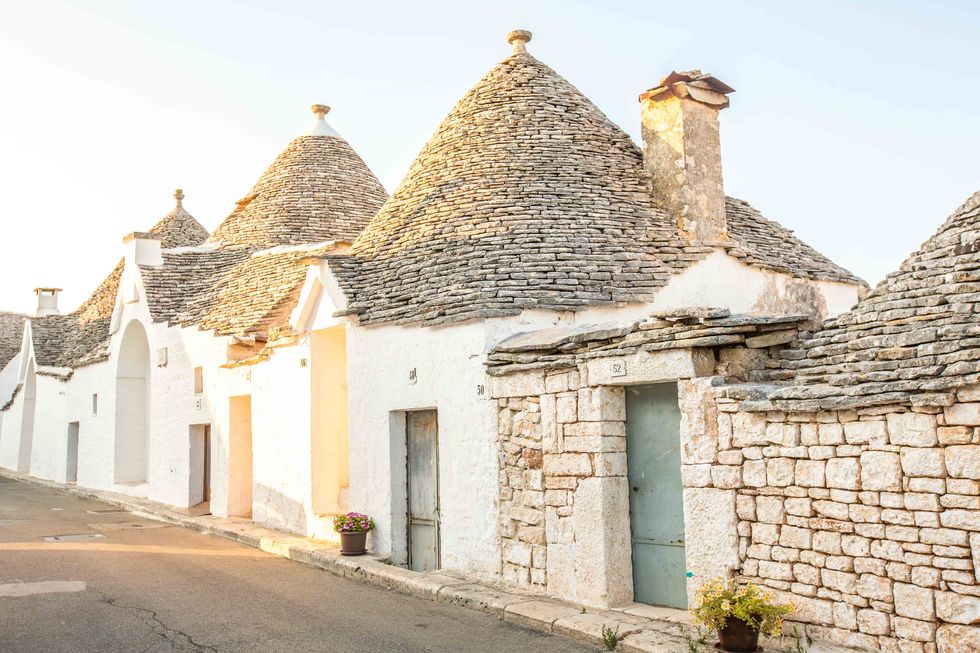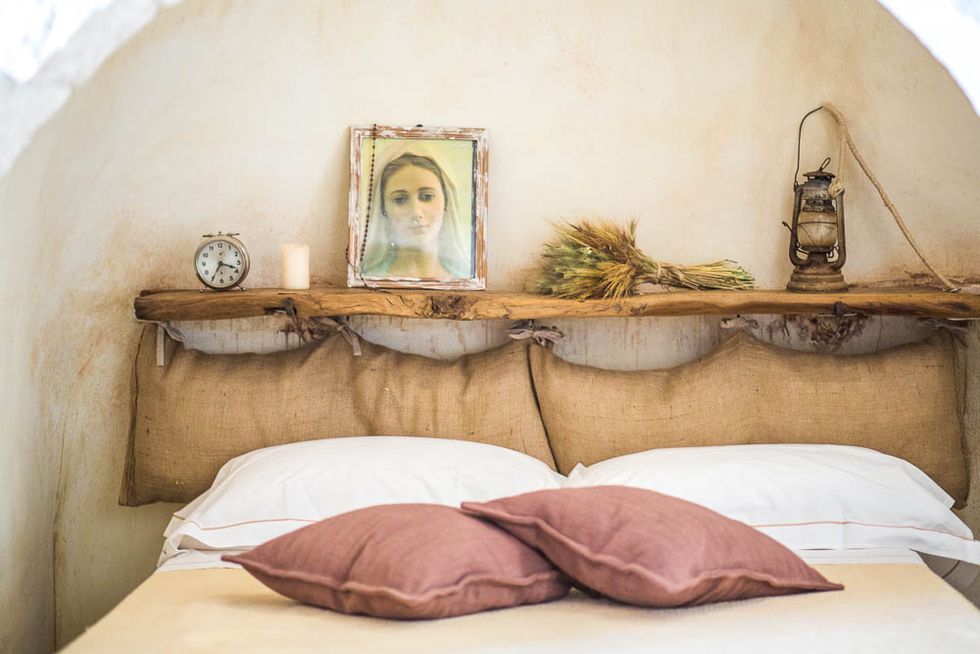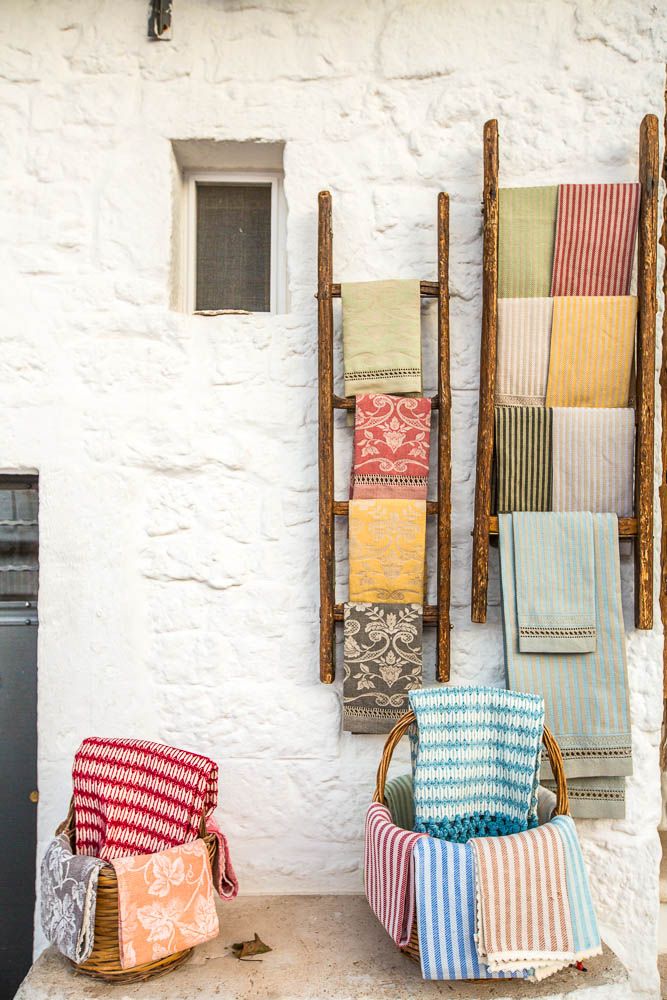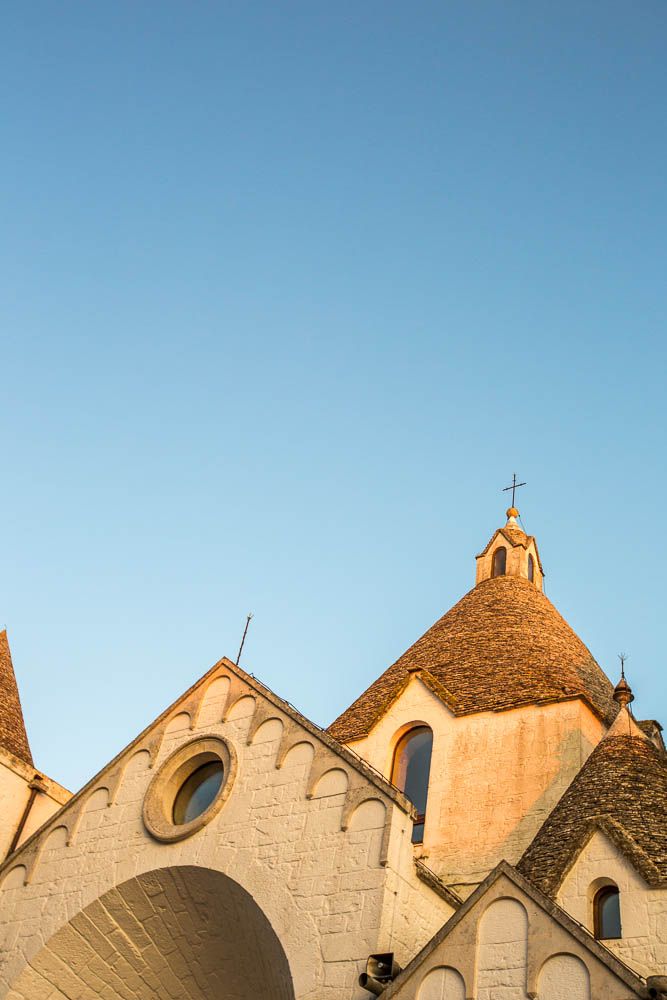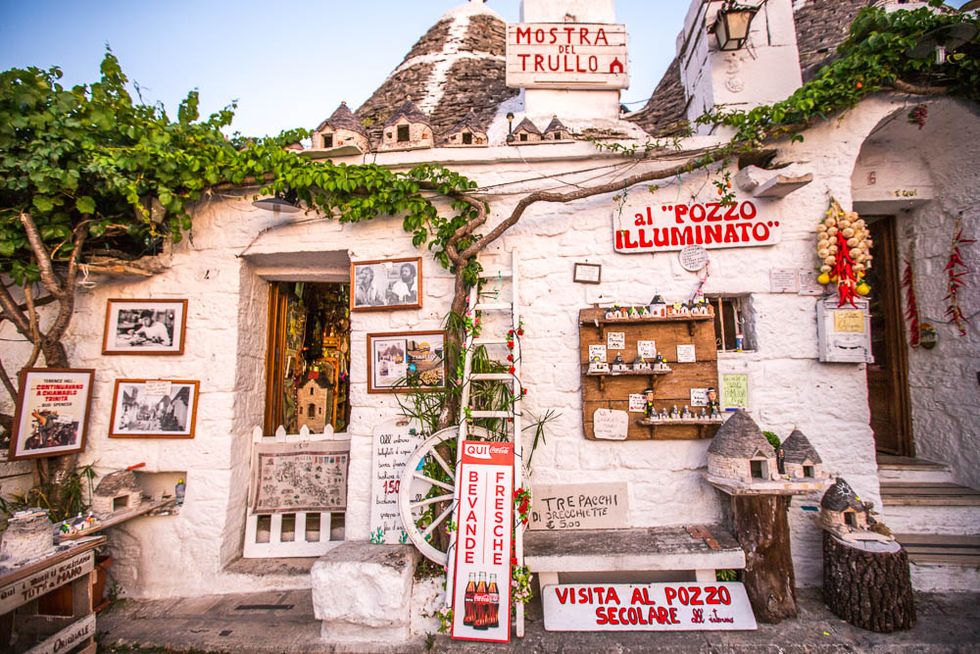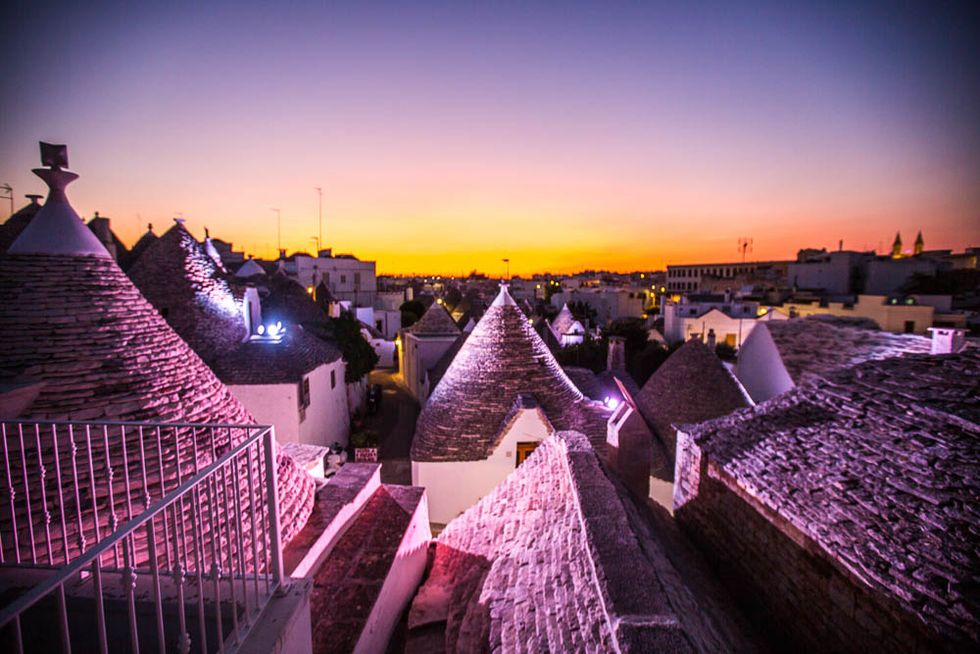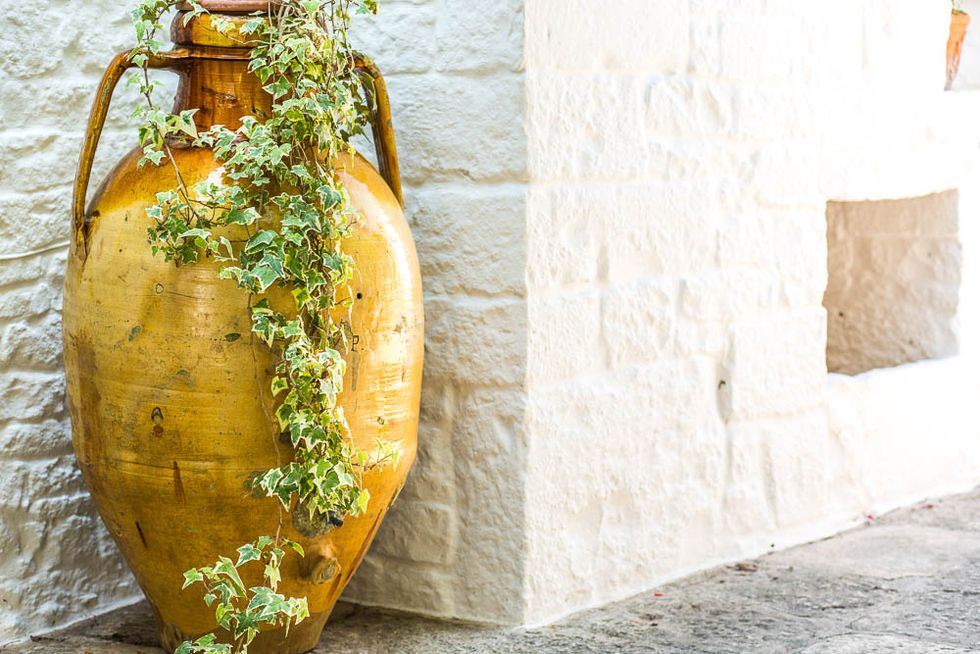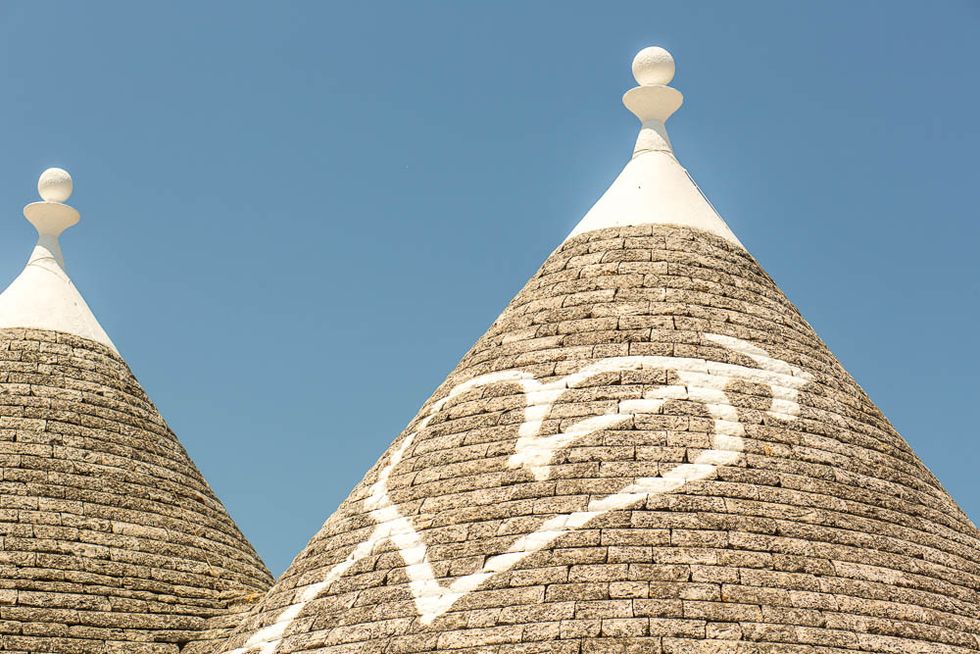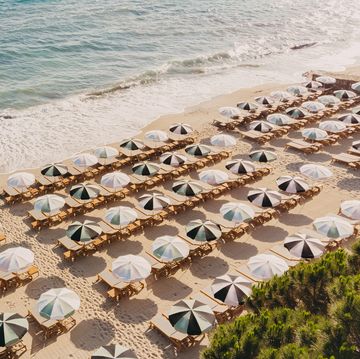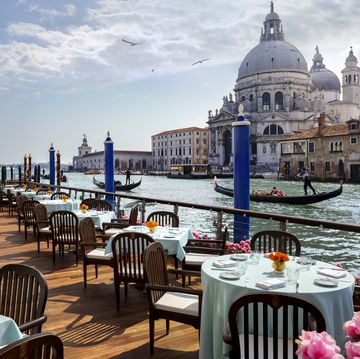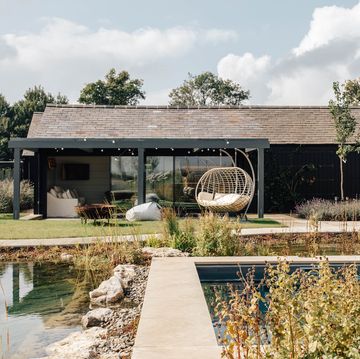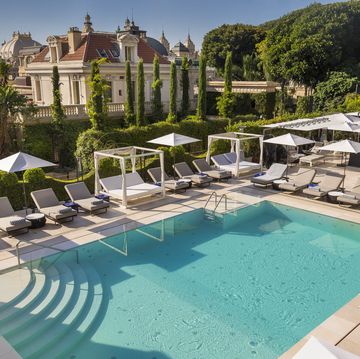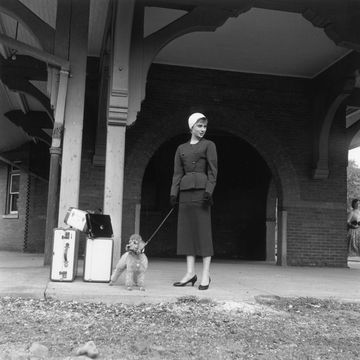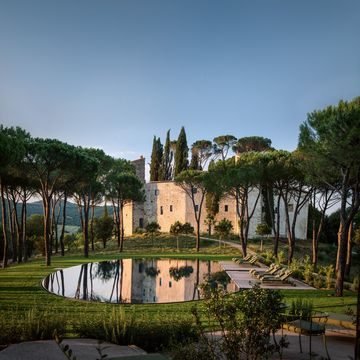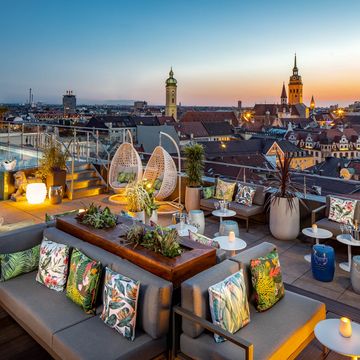Discovering the real Alberobello: The home of Puglia's enchanting Trulli
Puglia's Alberobello might be touristy, but there's still a way of doing it like a local if you look beyond the obvious
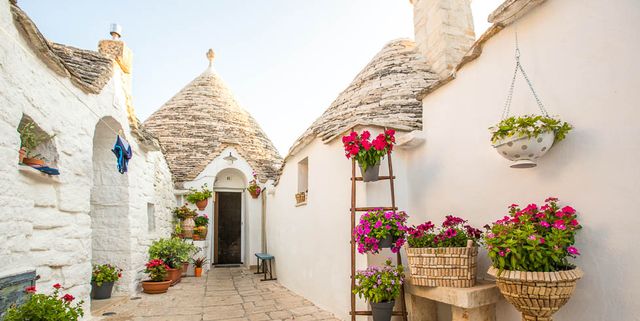
For decades, tourists failed to notice Puglia. The sun-drenched heel of Italy remained in the shadows of Tuscany, the Amalfi Coast, Rome and Venice... That's the trouble with being the poor counterpart in somewhere as show-stoppingly beautiful as Italy; it's like vying for competition in a room full of genetically gifted supermodels. But the last year or so have seen Puglia rise to the fore again, as tourists discover its unspoilt scenery and beautiful architecture.
The town of Alberobello is among the most famous of the region's attractions, known as home to the largest collection of trulli - whitewashed stone huts with conical roofs that have been around for centuries. As tourism begins to have a negative impact on the world's top sites, from Venice to Mount Everest, it's doubly worth going beyond the textbook trappings to really experience a destination. Even Alberobello, which some avoid in peak summer due to crowds, boasts little-known spots to eat, drink and explore. Here, we discover the real story behind Puglia's most popular town.
Prestige Holidays (01425 480400, prestigeholidays.co.uk) has a three-night stay in a trullo from £355 per person departing 7 November 19 with return flights from Stansted to Bari and Group B hire car airport to airport.
Photographs courtesy of Poppy Hollis.
Watch Next


On-screen hotels to book this summer

The most luxurious hotels in the Maldives
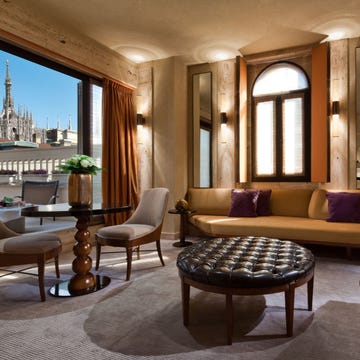
A luxury guide to Milan's best hotels

How to travel more sustainably
